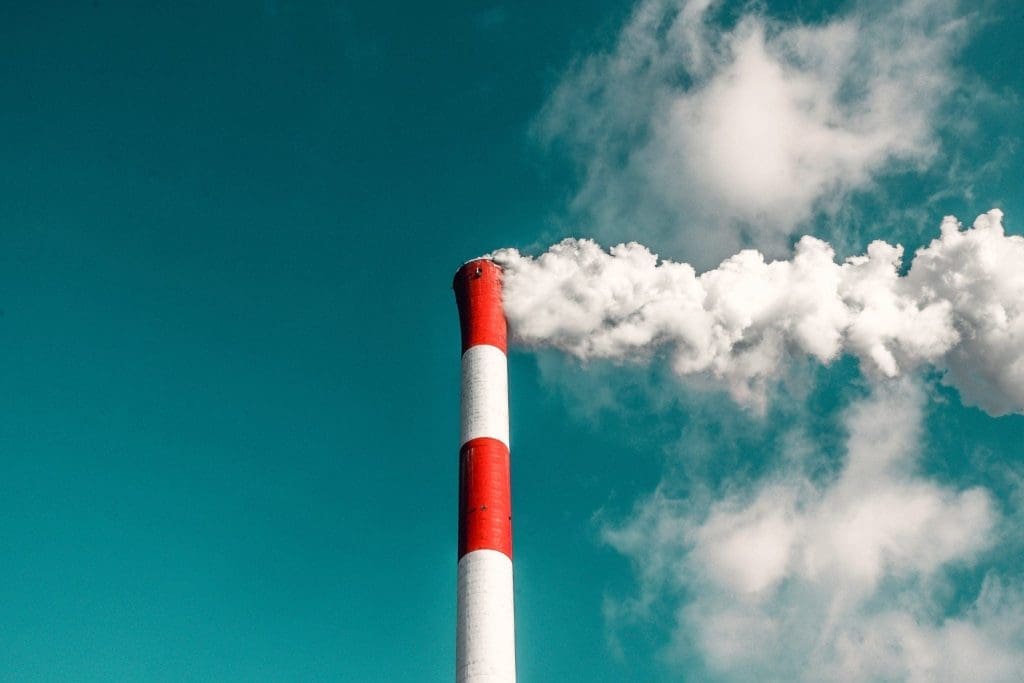With New Jersey being a coastal state, citizens have witnessed the first-hand impacts of climate change. It has been seen through flooding, hurricanes, tropical storms, and other natural disasters, such as the recent Hurricane Ida and Hurricane Henri. New Jersey has been plagued with these issues for years, facing devastation across the state. However, administrators are taking action against it, while others are petitioning for more. Here’s everything you need to know about how New Jersey is handling climate change.
The Basics
Climate change is defined as “a change in global or regional climate patterns, in particular a change apparent from the mid to late 20th century onwards and attributed largely to the increased levels of atmospheric carbon dioxide produced by the use of fossil fuels.” This change is happening across the world at an exponential rate, and many countries are taking steps to reduce its effects. Climate change is determined by climate indicators, which include major changes in precipitation, temperature, extreme weather events, and sea levels rising.
Over the past century, the Earth’s average temperature has risen by 1.5 degrees Fahrenheit. New Jersey, in particular, is getting hotter. Since 1895, the state’s average annual temperatures have increased by 3.5 degrees. Most recently, 2021 marked the third-warmest year in Jersey’s history.
Greenhouse gas emissions cause changes in the climate, which comes from burning fossil fuels, land clearing, and agriculture.
A November press release stated that rainfall is intensifying due to climate change. Two studies conducted by the Northeast Regional Climate Center said precipitation has increased within the state over the last 20 years. Some of these increases come in the form of hurricanes and tropical storms, such as the recent storms of Henri and Ida. The studies also showed that precipitation is between 2.5 to 10 percent higher than a previous 1999 data collection had suggested. It is likely to increase by more than 20 percent by 2100.
Plans in Action
The New Jersey administration is taking action against climate change. On Sept. 18, 2020, Gov. Phil Murphy signed the Environmental Justice Law, which requires the New Jersey Department of Environmental Protection to “evaluate environmental and public health impacts of specific facilities in ‘overburdened communities.’” The department is currently developing regulations to implement the law and is expected to propose those regulations during the second half of 2022.
This past November, Murphy said he will expedite the state’s goals in reducing greenhouse gas emissions to protect against further climate change. He set a goal of a 100 percent clean-energy economy, including an 80 percent reduction to in-state greenhouse gas emissions by 2050.

Though he announced this initiative, Murphy did not specify the means to reach this goal. However, the Murphy administration has initiated wind and solar projects within New Jersey. He also suggested that changing means of transportation is a way to reduce emissions.
Also in November, President Biden announced a $1 trillion bipartisan infrastructure law that includes disaster relief for the states that received the most damage from Hurricane Ida. New Jersey will receive $996 million. The funding will go towards flood control, ecosystem restoration, navigation channel upkeep and restoration, as well as replenishing beaches.
In addition, $153 million will also go towards flood alleviation along the Peckman River Basin in Passaic and Essex Counties. Then, $128.7 million will be allocated to complete the Raritan Bay and Sandy Hook project, which currently causes flooding in the borough of Union Beach. An additional $5.6 million is also going towards flood control studies in Monmouth County. The Jersey Shore will also experience renovations, where the Army Corps will restore 14 miles of coastline beaches. This will cost $54.6 million.
Opposition
Though actions seem to be in place, some organizations are not satisfied with it. For example, EmpowerNJ, a coalition of over 120 citizens, faith, environmental, and progressive groups in New Jersey, are calling for Murphy to take more extensive action in tackling climate change. On Jan. 20, 2022, the organization filed an appeal for the state to enact initiatives to cut emissions by 50 percent by the year 2030.
The coalition believes that the Murphy administration is not taking enough actions to protect the state from global warming. Last July, EmpowerNJ petitioned the Department of Environmental Protection (DEP) to enforce benchmarks so the state would reduce greenhouse gas emissions by 50 percent from 2005 levels by 2030. Two months after Murphy’s executive order, the DEP rejected the petition, saying they followed a 2007 state law that required them to cut emissions by 80 percent by 2050, while routinely assessing their progress.
EmpowerNJ appealed that decision and said it is in violation of the state law. Also, the coalition emphasized that their concerns go beyond their petition. Their 2021 mission statement outlines their concerns such as greenhouse gas prevention. They wish to see a 45 percent reduction of greenhouse gas emissions to 2010 levels by the year 2030. Moreover, they want to implement a plan and jobs to transition New Jersey from fossil fuels to renewable energy by 2035. among other goals. These actions could potentially lead the Garden State to a better environmental future.
Main image by veeterzy
Kayla is a senior communication major at the University of New Haven. When she's not writing, she's keeping up on the latest pop culture news, listening to music, and cooking.
- Kayla Mutchlerhttps://thedigestonline.com/author/kmutchler/
- Kayla Mutchlerhttps://thedigestonline.com/author/kmutchler/
- Kayla Mutchlerhttps://thedigestonline.com/author/kmutchler/
- Kayla Mutchlerhttps://thedigestonline.com/author/kmutchler/


